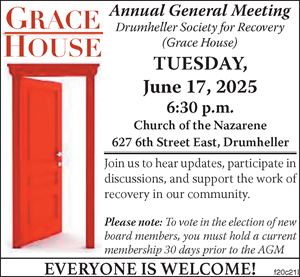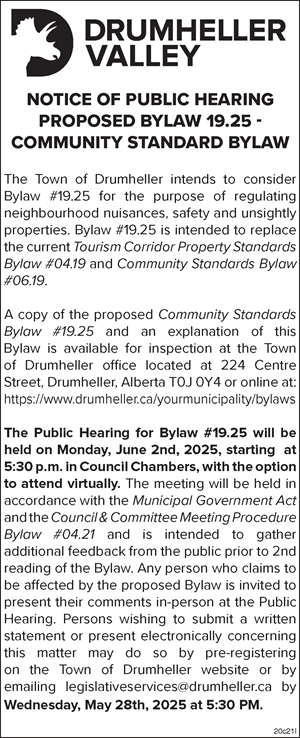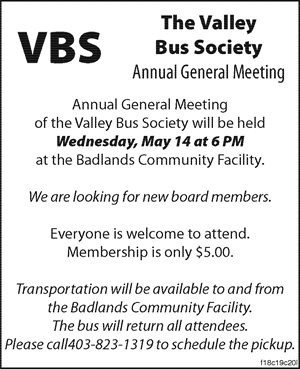
The smartphone has replaced so many everyday items including the personal music player, calendar and alarm clock. Now it will be the first line of warning in case of emergency.
On April 6, the National Wireless Public Alerting will be launched. This means that Canadians with a cell phone will receive life-threatening emergency alerts to their cell phones and wireless devices.
Lauren Arscott, press secretary for the Minister of Municipal Affairs, says in an email this is a collaboration among federal, provincial, and territorial governments, cell phone companies, broadcasters and the Weather Network. This will supplement the public warnings that are on TV and radio.
The alerts will appear like a text message on compatible phones that are 4G LTE. It will be sent through cell broadcast distribution. This is a mobile technology that allows messages to be broadcast to wireless devices in a designated geographical area. This means if there is a local emergency, such as flooding, boil water advisories or weather warnings such as winds and tornadoes, devices in the area will be alerted.
Drumheller CAO Darryl Drohomerski says currently the municipality would work through the Alberta Emergency Alert System.
Arscott explains this protocol remains, and it will continue to utilize the provincial warning system.
“Even with this new system in place, the Government of Alberta, through the Alberta Emergency Management Agency, will continue to provide the infrastructure, user training, and support for the Alberta Emergency Alert system,” she states in an email. “In Alberta, emergency alerts will continue to be issued by trained local officials, and seamlessly passed from the Alberta Emergency Alert System to the National Alert Aggregation and Dissemination (NAAD) System.
“This means no process change for the users in Alberta communities who are trained to issue public alerts.”
John Shoff of Reality Bytes, which is a Bell Mobility dealer, welcomes the new system. To receive an emergency alert, the wireless device must be an LTE device like a smartphone, powered on, and connected to the network. It must also be wireless public alerts-compatible, meaning it must allow for messages to be sent by the service provider through a cell broadcast.
Shoff says by and large most smartphones are compatible. Cell phone users can check on their providers’ website to make sure their phones are compatible.
“It’s nice to see that it is there, I think people will definitely utilize it,” said Shoff.
Arscott encourages people to continue to use the Alberta Emergency Alert mobile app.
“The app will continue to be an important tool for emergency alerting, not only because it will take time for wireless alerting to include all mobile devices, but also because the app can include more information, such as maps and more detailed instructions. Alberta is a leader in emergency management, and the new federal system for wireless alerting will be an important additional tool to ensure that Albertans are safe when emergencies hit.”
To learn more about National Wireless Public Alerting, go to www.alertready.ca
Or download the Alberta Emergency Alert App www.emergencyalert.alberta.ca/





















